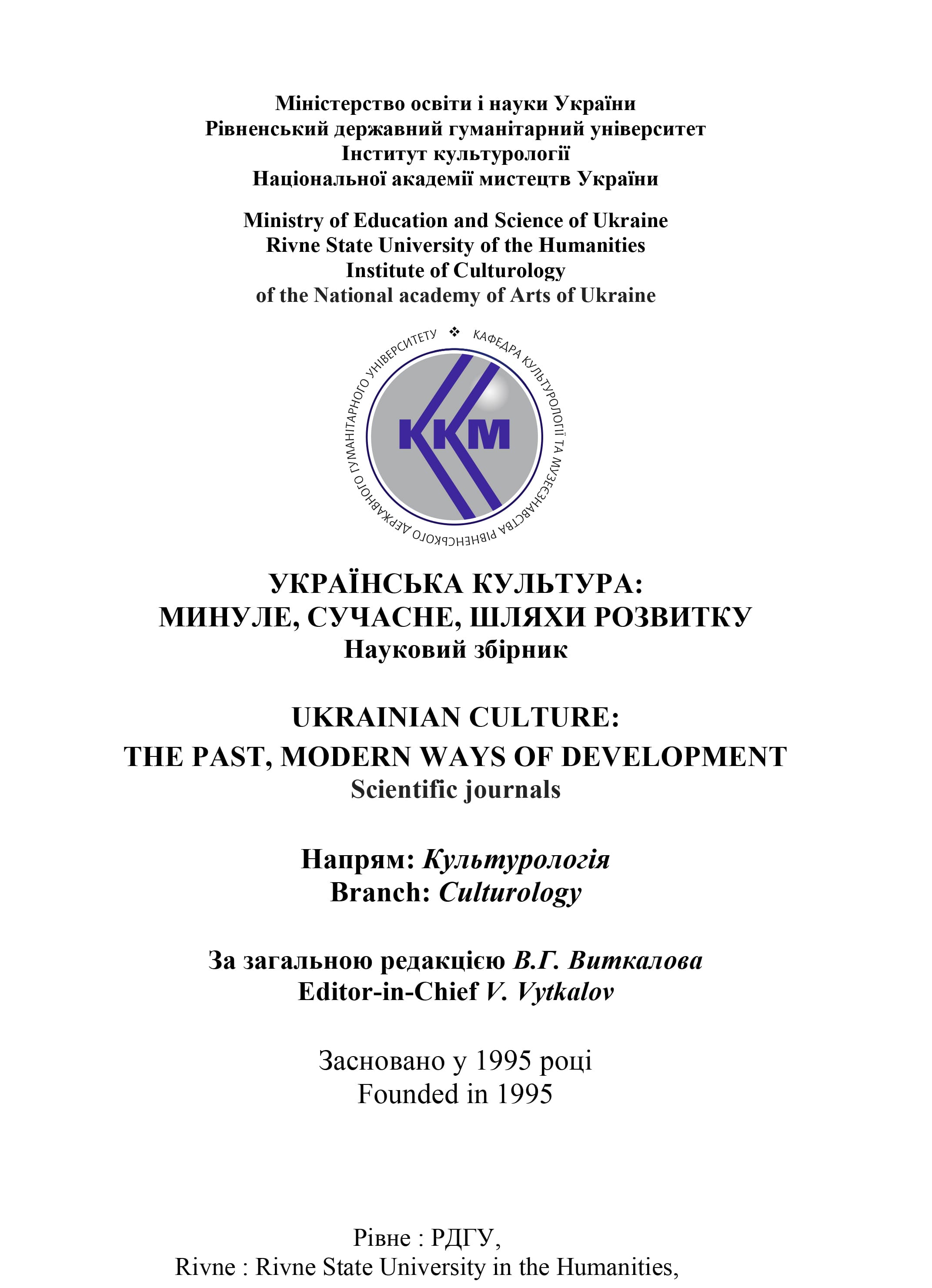STRATEGIC COMMUNICATIONS IN THE FIELD OF CULTURE
DOI:
https://doi.org/10.35619/ucpmk.vi45.656Keywords:
strategic communications, public relations, culture.Abstract
The purpose of the article is to analyze the essence and content of strategic communications and the possibility of their use in the field of culture.
The methodology of the study is a meta-analysis of research on publications of foreign and domestic authors on strategic communications.
Results. Strategic communications combine actions aimed at «pushing» something. The authors propose a universal definition of strategic communications – holistic thinking, in which the dominant factor is the conscious exchange of information, which can be used to persuade, influence or inform selected audiences in order to achieve changes in their behavior in a beneficial way. The paper considers strategic communications as a development of PR.
To understand the functioning of strategic communications, the author presents the «strategic communications formula», where they are structured into three process parts: actors, influence and effects. The stages of strategic communications are as follows: to familiarize; to interest; to make the first attempt; to use it constantly (to form the «core audience»); to raise supporters/fans (the highest achievement). Visually, the process described above is represented as a «communication arrow». The success of this process is possible if there are two conditions: values and mutual trust.
In the field of culture, the issue of applying strategic communications is dealt with by PR specialists. The authors define the cultural sector in public relations as follows: the external public provides resources transformed by the internal public; the internal public transforms resources into useful services; the intermediate public presents these services to the
consumer public. The role of public relations (in a broader sense, strategic communications) in most nonprofit organizations is realized through the following tasks: – to gather support for the organization's goals; – to develop channels of communication with the public whose interests the organization serves; – to create and maintain a favorable climate for fundraising; – to promote the development of convenient public policies; – to inform and motivate the organization's key public groups so that they are committed to the goals and support them productively.
Cultural institutions often use traditional marketing (promotional activities). Public relations activities are usually limited to the following: own publications; systematic media monitoring; organization of press conferences, premieres,
banquets; season openings/closings, panel discussions, meetings with stakeholders; maintaining contacts with media representatives; crisis communications.
Novelty – the possibility of using strategic communications in the field of culture.
Practical significance – can be used to organize strategic communications in cultural institutions and organizations.




